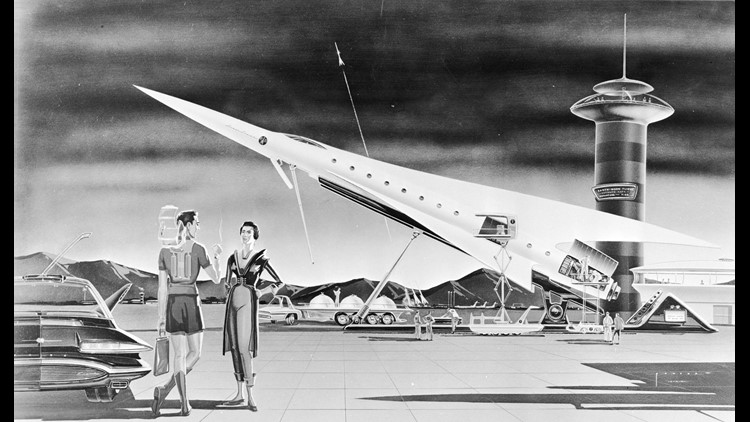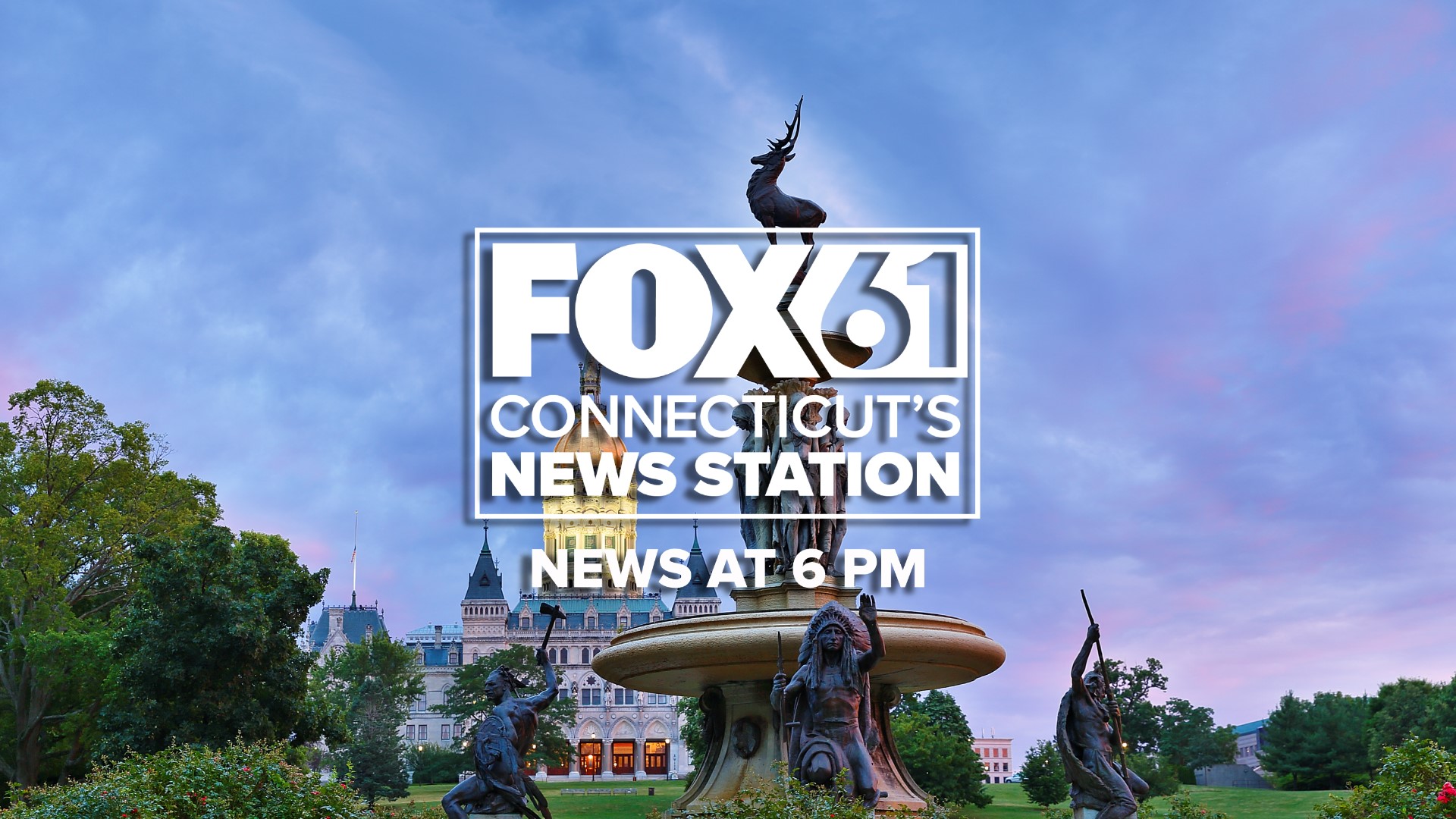You’re late for work because you forgot to set the alarm clock embedded in your forearm. Rushing out of bed, you give your family members, located thousands of miles away, a quick virtual hug, and hop into the car — ordering your ape chauffeur to step on it. It’s a stressful day, sure, but at least your vacation to the Moon is just a few days away.
That may not sound like a typical morning, but people thought it could have been.
History is littered with predictions and future projections. Many of these are given with supreme confidence, before they fade conveniently into insignificance as they whiz wide of the mark.

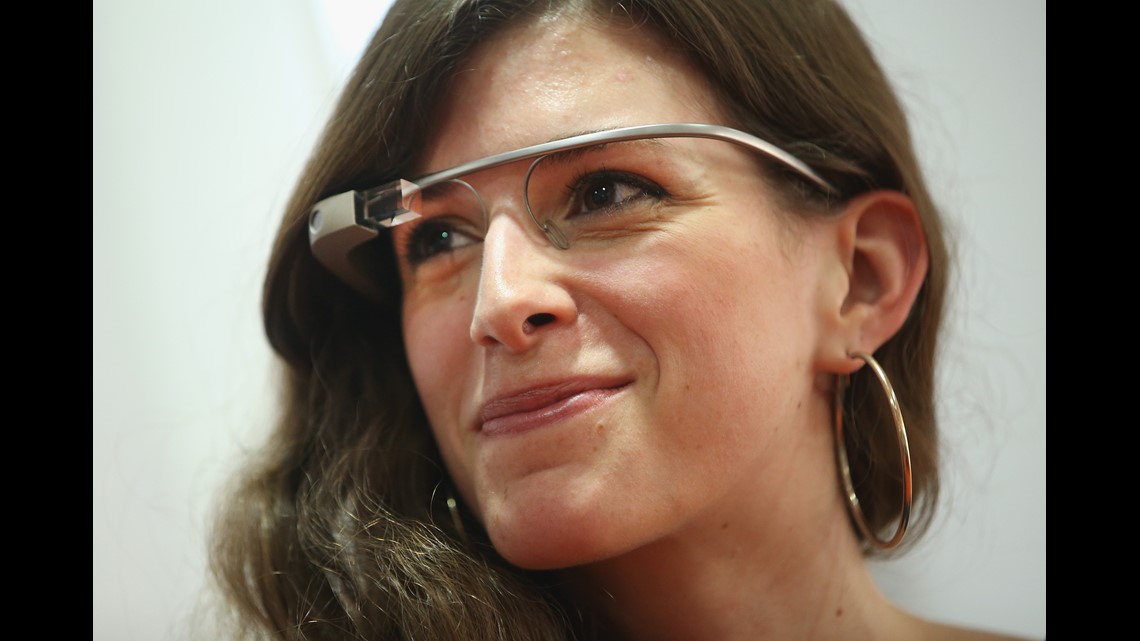
The pace of technological advancements has been rapid — and some defining trends of the past decade were predicted with remarkable accuracy many years ago.
We didn’t get everything right, though. According to various experts, scientists and futurologists, we would have landed on Pluto and robots should be doing our laundry by now. Oh, and we’d all be living to 150.
CNN has trawled through the archives to find out what might have been, and caught up with some of those people who thought they had the last decade all mapped out.
The robot revolution was delayed
The prospect of robots coming for our jobs has been a perennial concern of every post-war generation, and by 2020 we were meant to be virtually redundant in many areas.
“Futurists and technology experts say robots and artificial intelligence of various sorts will become an accepted part of daily life by the year 2020 and will almost completely take over physical work,” Elon University noted in 2006.
British futurologist Ian Pearson went further still. “Consciousness is just another sense, effectively, and that’s what we’re trying to design in a computer,” he told the UK’s Observer newspaper in 2005. “It’s my conclusion that it is possible to make a conscious computer with superhuman levels of intelligence before 2020.”
“It would definitely have emotions,” he added. “If I’m on an aeroplane I want the computer to be more terrified of crashing than I am so it does everything to stay in the air.”
It’s very nearly 2020, though, and our planes aren’t more emotional than us yet.

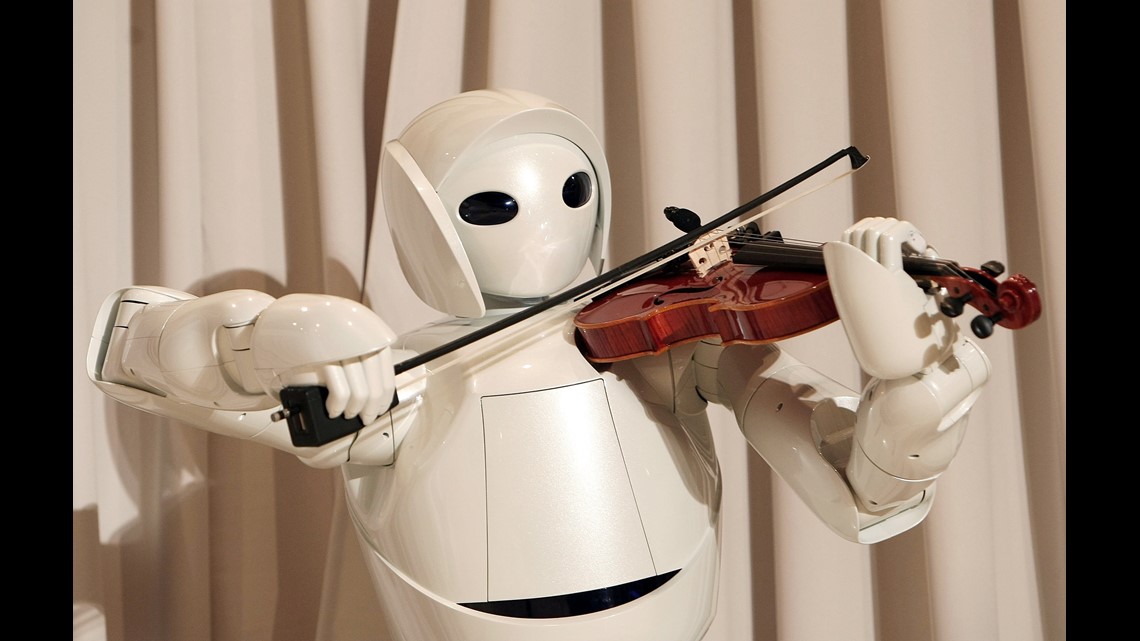
“It hasn’t progressed as fast as I thought,” Pearson tells CNN this month. “AI was developing very quickly at the start of the century, so we had predictions that by 2015 we’d have conscious machines that were smarter than people.”
“There was a big recession and that held things back a bit,” Pearson reflects. “I would estimate AI has probably progressed about 35 or 40% slower than we expected it to.”
But while Pearson admits that there have been fewer robot-forced redundancies than he anticipated, he notes that computerized colleagues have infiltrated some workplaces. “You can go into some car factories and you won’t see any people at all,” he says.
The robots are still coming. MIT Technology Review has attempted to track all the reports on the effect of automation on the workforce. There are a lot of them, and they suggest anything from a moderate displacement of jobs to a total workforce automation, with varying degrees of alarm.
Pearson also went out on a limb in 2009 by predicting we’d be wearing “active skin” by now — electronics “printed” onto our bodies to monitor our health. He added the device could also “signals from the nerves and record them, and perhaps re-inject them at a later date, so that we can effectively record and replay a sensation such as cuddling your partner while you’re away.”
Pearson tells CNN now that such a product would not have required difficult technology to create. “We could see how to do it nearly 20 years ago but it hasn’t happened, because not enough engineers or companies have decided to look at those areas,” he says.
The futurist claims that around 85% of his predictions come true; he touts text messaging and the dominance of social media among his best calls.
“Just by looking at things like Yahoo!, which was really the beginning of social media — you could see from that that this new World Wide Web was facilitating people to talk to other people around the world about topics that were of interest to them,” he says.
There are some trends of the decade that Pearson didn’t see coming. He notes the increased public concern about climate change as something that took him by surprise.
But Pearson isn’t deterred from casting his eye forward again. By 2030, “everybody seems to think that we will be driving around in self-driving cars,” he says. “I’m not convinced it’s going to go that way.”
A cheaper and more feasible direction, he says, is that we’ll all be getting about in generic, fiber-glass pods, being pulled around by automatic highways.
“You can convert a whole city in just a few weeks into a smart city, with very, very cheap transport running inside it,” Pearson says. “You’d get fantastic benefits for people, and for cities, and for the environment.”
We still like food, but our tastes are changing
Humans are still around — and we haven’t given up on our lunch breaks just yet either.
Prominent futurist Ray Kurzweil has regularly predicted that food consumption would be on the way out by 2020. “Billions of tiny nanobots in the digestive tract and bloodstream could intelligently extract the precise nutrients we require,” he wrote in his 2004 book “Fantastic Voyage: Live Long Enough to Live Forever.” Kurzweil projected that these nutrient-laden bots could “send the rest of the food we eat on its way to elimination.”
Tiny robots didn’t replace meals — but some far more speculative predictions about what we eat may well be coming true.

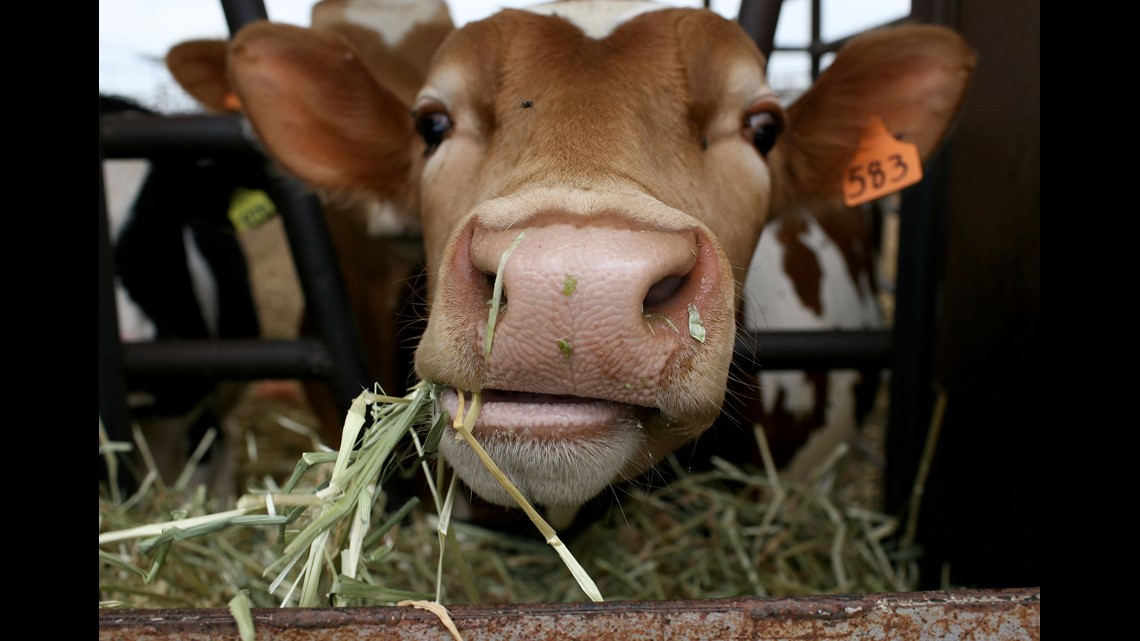
A 1913 edition of the New York Times contained a long-range estimation from the president of the now-defunct American Meat Packers’ Association, in an article entitled “Threatening us with Vegetarianism.” Peering “deeply into a dismal future,” the paper noted his warning that Americans would forgo meat and start living on “rice and vegetables” in the 21st century.
The article described the prospect as a “terrifying fate,” that could only be avoided by “educating the American farmer to the necessity of raising more cattle.”
But a century later, vegetarianism and veganism are booming in popularity. Many scientists are also warning that we must immediately eat less meat and change the way we manage land in order to halt the climate crisis.
Aside from our diets, in 2000 Kurzweil also predicted that computers would be “largely invisible” and “embedded everywhere — in walls, tables, chairs, desks, clothing, jewelry, and bodies,” by 2020.
He was one of a handful of futurists to predict that smart glasses or contact lenses would replace our phones. Google did give this a try, but it failed to resonate with the public.
What other changes could have been in store for our daily lives, had experts been proven right?
Peter Schwartz and Peter Leyden, writing in Wired in 1997, predicted that electronic voting in elections from home would be a reality by now.
In 2000, Eric Haseltine wrote in Discover magazine that written signatures would be “considered quaint” by 2020, replaced by biometric IDs, including iris, fingerprint and voice-recognition systems. Smartphones now use all three types of this technology.
Joseph D’Agnese predicted in the same magazine that we wouldn’t be able to board a plane or access our homes without lasers measuring our irises. And Marvin Minsky, a founder of the MIT Artificial Intelligence Lab, estimated that people would turn to the black market for genetic manipulation, extending their lives and even “growing features in their brain” illegally.
We’re not vacationing on the Moon — yet
They say the past is a foreign country. Well, if that’s true, then the future is a foreign planet. With hotels on it.
Accessible vacations in space have been predicted for decades. “Look back to what people were talking about back in the 60s or 70s — space tourism has been a vision for a long time,” says Laura Forczyk, founder of space consulting firm Astralytical. “Go back to that Stanley Kubrick movie, where Pan Am was taking tourists to various destinations,” she adds, referring to the blockbuster “2001: A Space Odyssey.”
In 2009, it finally seemed we were on the cusp of a breakthrough, with a number of companies and individuals expressing a desire to make the 2010s the decade of space tourism.
“By 2020 you’ll have seen private citizens circumnavigate the moon,” Eric Anderson of Space Adventures told the website Space.com in 2009. Tesla and SpaceX founder Elon Musk went further. “I’m going to go out on a limb and say that by 2020 there will be serious plans to go to Mars with people,” the same site quoted him as saying.
“From 2001 to 2009, people saw it becoming a reality,” Forczyk tells CNN. “They thought it was right around the corner.”
But space tourism proved so close, and yet so far. Seven people paid to go into space during the first decade of the 21st century — but orbital tourist flights were halted in 2009.
The delays mean hundreds of people who signed up for space travel have been left waiting. “Back then it was always, ‘next year, next year,'” says adventure journalist Jim Clash, who bought a $200,000 ticket on a Virgin Galactic flight in 2010. “I did think that by 2020, we would be running this as a regular operation.
“I’m supposed to be passenger number 610, which is quite a way down the list,” he adds. But he’s not disappointed by the hold-up. “It takes a while, and I’m willing to wait,” Clash tells CNN. “Space is tough, and you want to get it right before you start taking people up.”

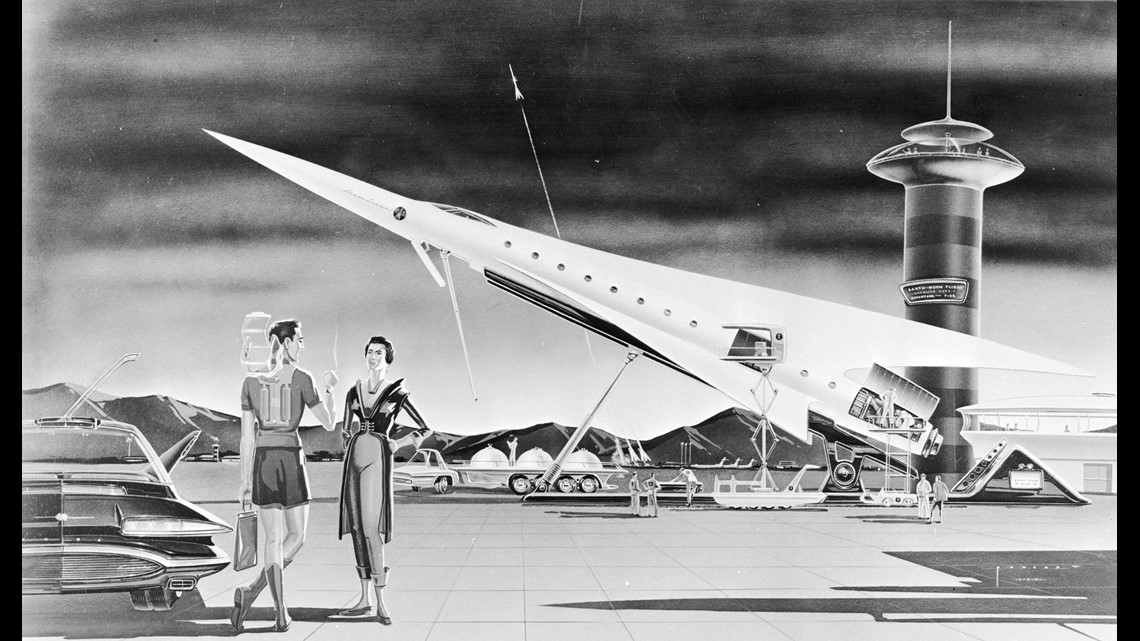
Still, the 2010s were hardly a lost decade for commercial space travel.
The past 10 years have seen a number of companies make strides towards lift-off, and SpaceX revealed in 2018 that Japanese billionaire Yusaku Maezawa will be its first space tourist — with a slingshot trip around the Moon booked in for as soon as 2023. Beyond that, Musk still has his sights set firmly on Mars.
“Now we’ve got private companies building their own vehicles to transport paying customers,” says Forczyk. “That has been the difference between the past decade and previous decades.”
You’d need a thick wallet to see the Earth from space by 2030, of course. But the long-held vision of hotels on the Moon may not be an entirely distant proposition, she adds.
“Humans are ingenious … absolutely, that will eventually happen,” Forczyk says, with some confidence. “Whether it happens in our lifetimes, I can’t tell you. But as long as that dream lasts, people are going to continue to work on it.”
Some predictions weren’t even close
The further back you go, the more outlandish the predictions for 2020 get.
In 1964, the RAND Corporation conducted a long-term forecasting report, putting questions to 82 experts in various fields to come up with a number of predictions for our times.
Had they been right, we’d be communicating with extraterrestrials and time-traveling by now. Our lives would be extended by half a century, and Mars would be old news. We’d have landed there by the mid-1980s, and Venus and the moons of Jupiter would have been conquered in the early 21st century. We’d even have flown to Pluto — which, back then, was still a planet before it was downgraded in 2006.

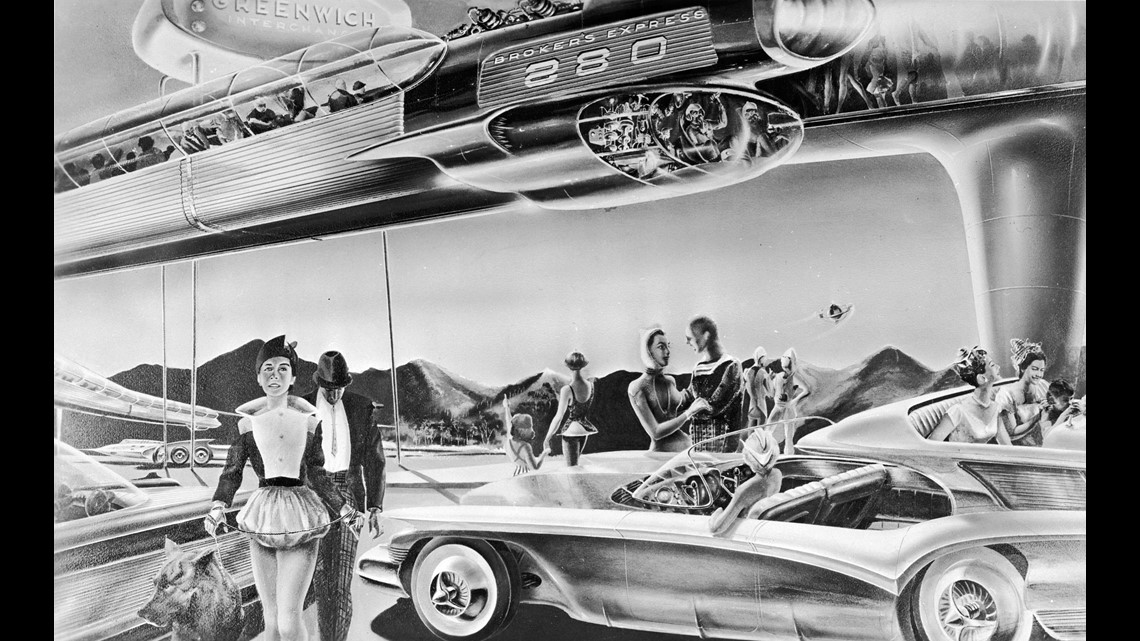
“Primitive forms of artificial life will have been generated in the laboratory,” the report goes on. “A universal language will have been evolved … (and) on the moon, mining and manufacture of propellent materials will be in progress.”
One of the most eyebrow-raising claims in the RAND report, however, was that by 2020 we’d have bred animals, including apes, to carry out daily chores in the home.
The predictions, the study’s forward said, reflected “explicit, reasoned, self-aware opinions” that “should lessen the chance of surprise and provide a sounder basis for long-range decision-making.”
The claims were certainly taken seriously. Three years later, the Nobel Prize-winning chemist Glenn T. Seaborg commented on its findings in a speech to the Woman’s National Democratic Club in Washington, DC.
“During the 21st century, those houses that don’t have a robot in the broom closet could have a live-in ape to do the cleaning and gardening chores,” he said. “Also, the use of well-trained apes as family chauffeurs might decrease the number of automobile accidents.”
Next year won’t look much like we thought it would — but the rapid growth of the internet and various technologies mean scientists from the 1960s wouldn’t recognize it either.
That, in turn, has brought up new concerns that even many futurists didn’t see coming — and the future is just as murky.
So, as we fix our sights on the 2030s, remember to take any predictions with a pinch of salt. Assuming the nanobots don’t take it first.


